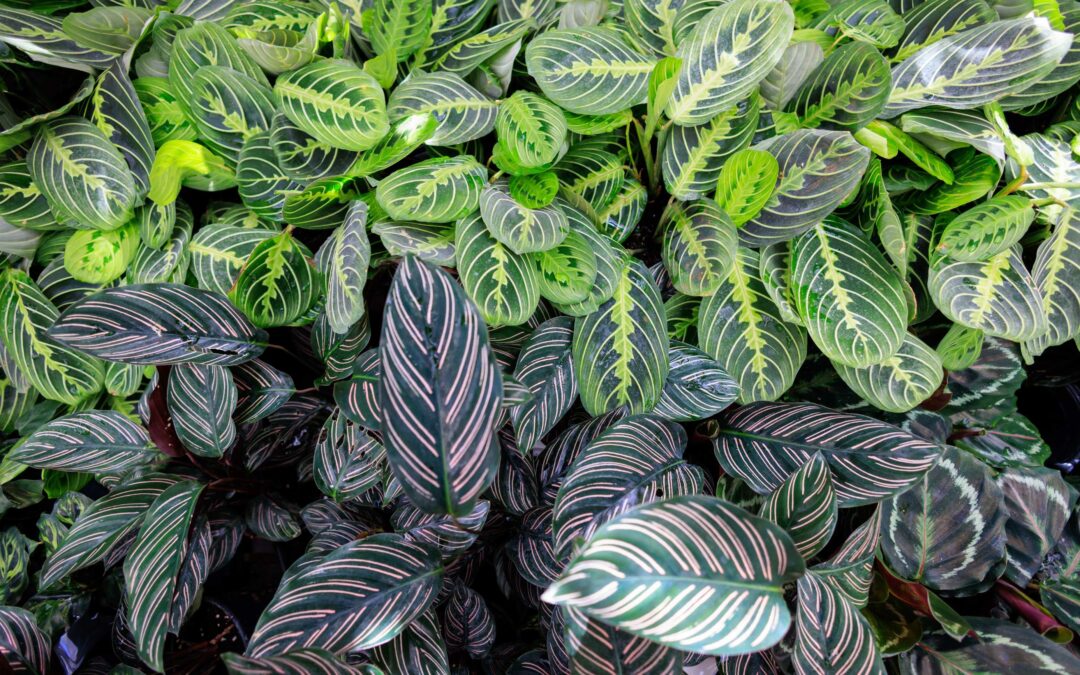Calathea plants, also known as prayer plants, are admired for their bold patterns and colorful leaves. Their striking foliage makes them a favorite for indoor plant lovers, but their tropical origins mean they need a bit of special attention. This Calathea care guide will help you keep your plant healthy and vibrant year-round.
Understanding Calethea Plants
Calatheas are native to the tropical forests of South America, where they thrive in warm, humid, and shaded environments. Known for their unique habit of folding leaves at night (earning the “prayer plant” nickname), these beauties bring movement and texture to any space.
Popular varieties include:
-
Calathea makoyana (Peacock Plant)
-
Calathea lancifolia (Rattlesnake Plant)
-
Calathea orbifolia
-
Calathea medallion
Best Light for Calathea
The right Calathea light requirements are crucial for healthy growth. Calatheas prefer bright, indirect light that mimics dappled sunlight from a forest canopy.
-
Do: Place near an east- or north-facing window.
-
Don’t: Expose to direct sunlight—it can scorch leaves and fade colors.
Rotate the plant every few weeks to encourage even growth.
The Right Humidity & Temperature for Calathea
Humidity plays a major role in Calathea plant care. Aim for 50–65% humidity and a consistent temperature of 65–85°F (18–29°C).
Tips to increase humidity:
-
Place a humidifier nearby.
-
Use a pebble tray under the pot.
-
Group Calathea with other humidity-loving plants.
Avoid cold drafts, heating vents, and sudden temperature changes.
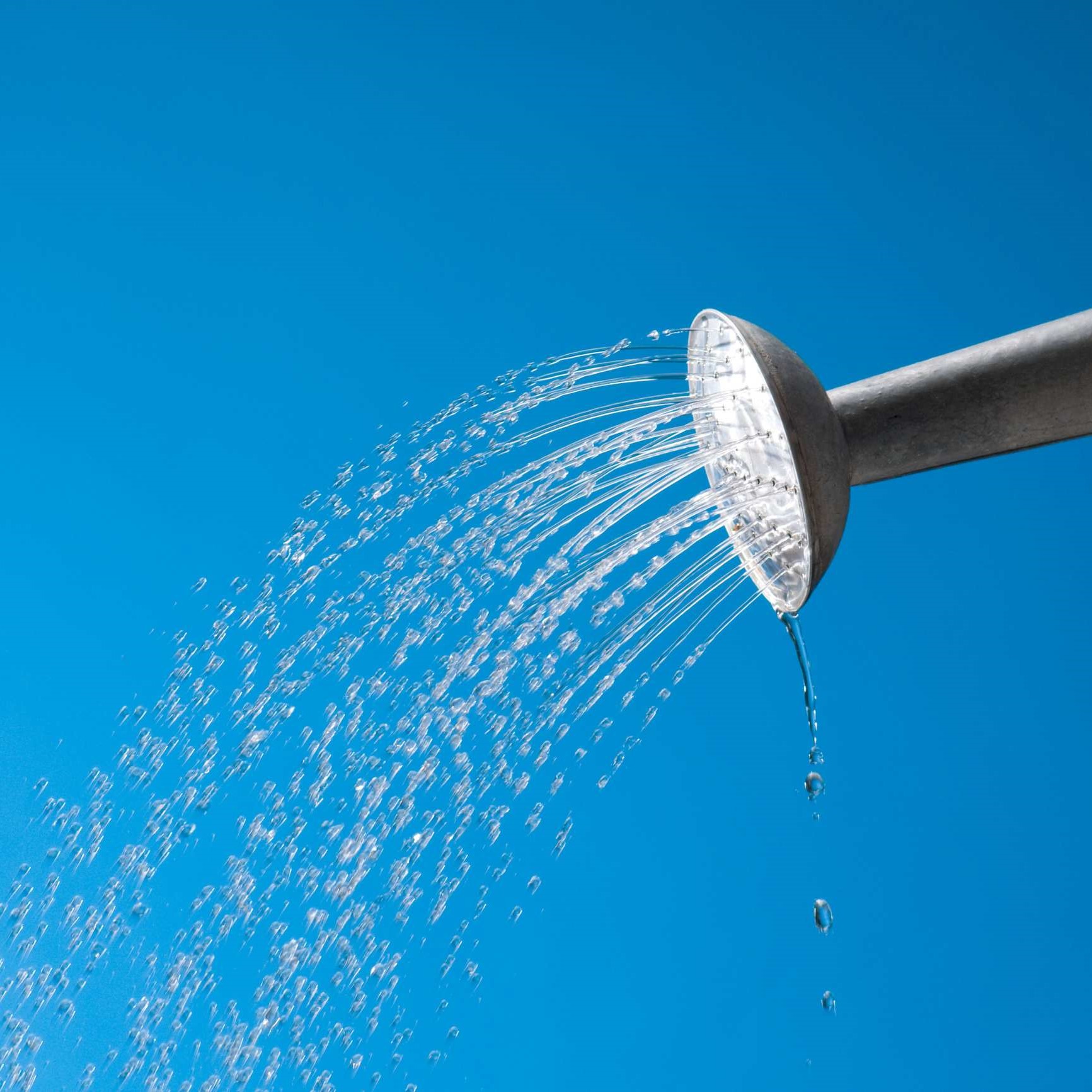
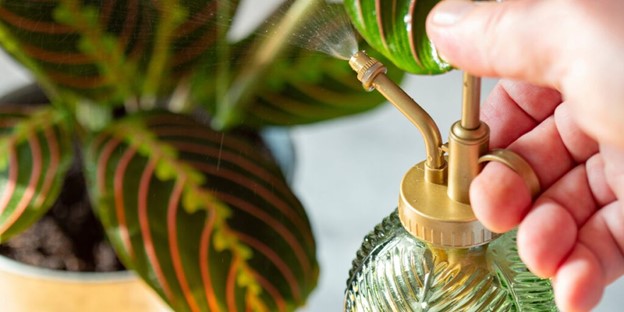
Watering Your Calathea Properly
Consistent moisture is key. Calatheas like their soil to stay evenly moist but not soggy.
-
Check soil: Water when the top 1–2 inches are dry.
-
Use the right water: Calatheas are sensitive to chlorine and fluoride, so use filtered, distilled, or rainwater for best results.
-
Avoid overwatering: Sitting water can cause root rot. Make sure your pot has proper drainage.
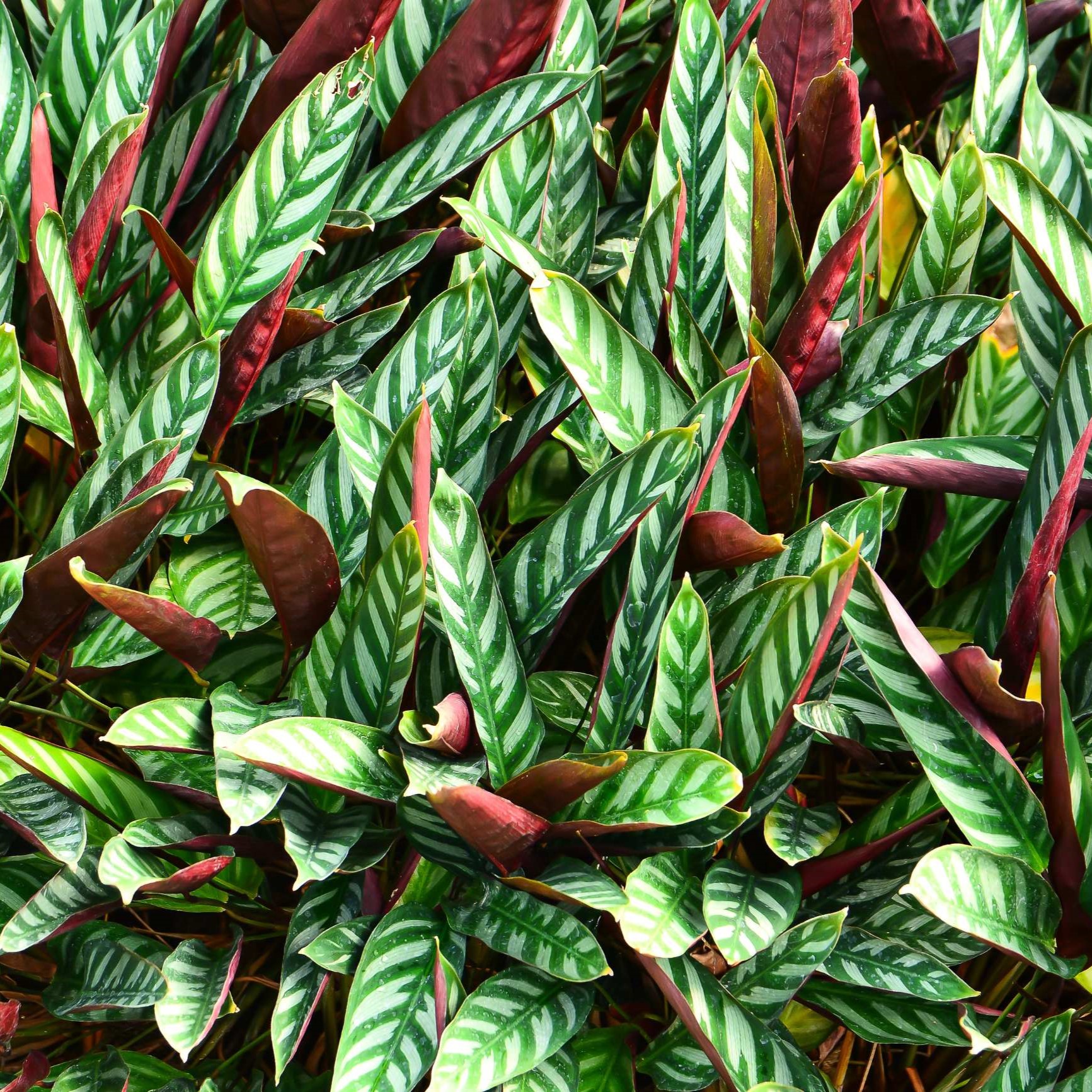
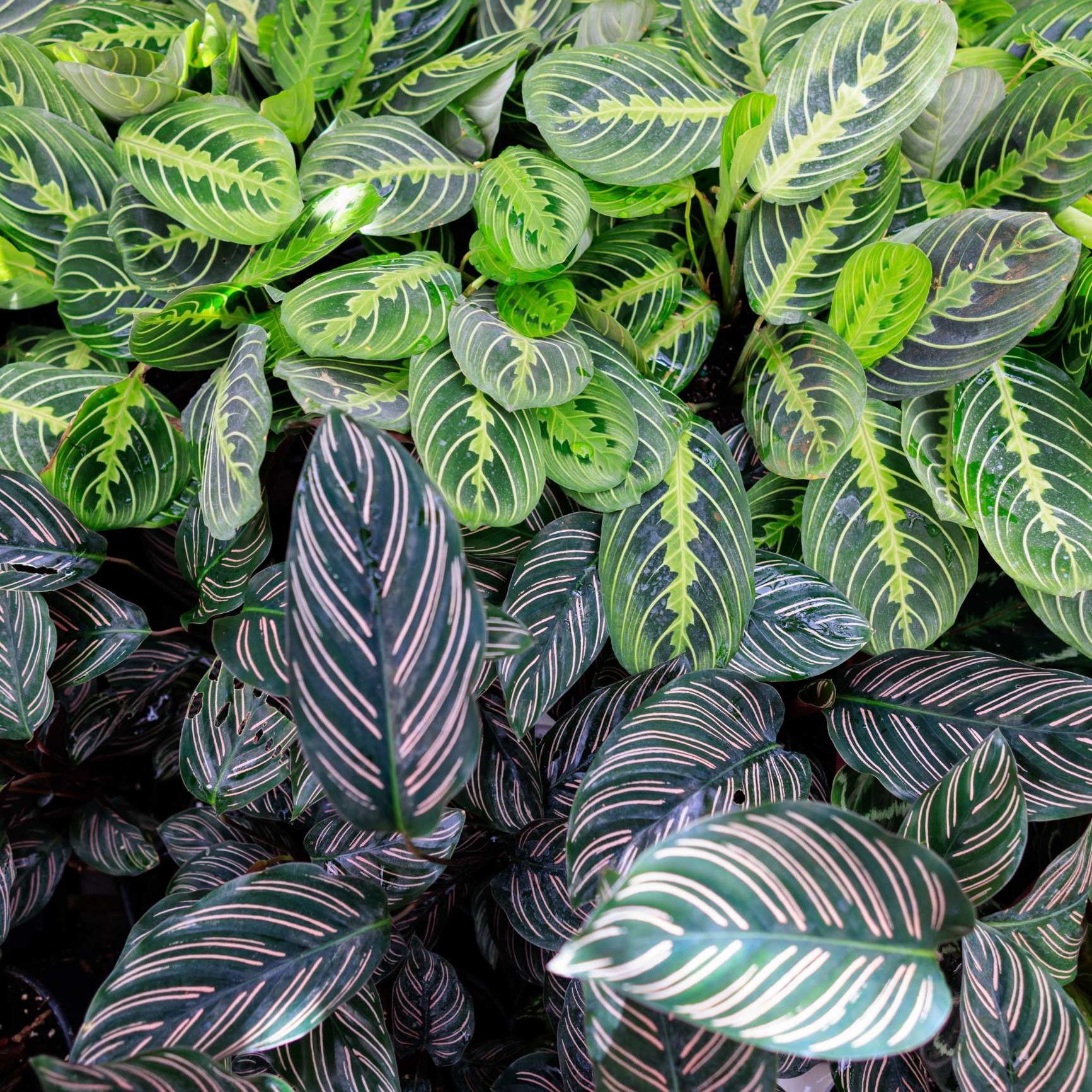
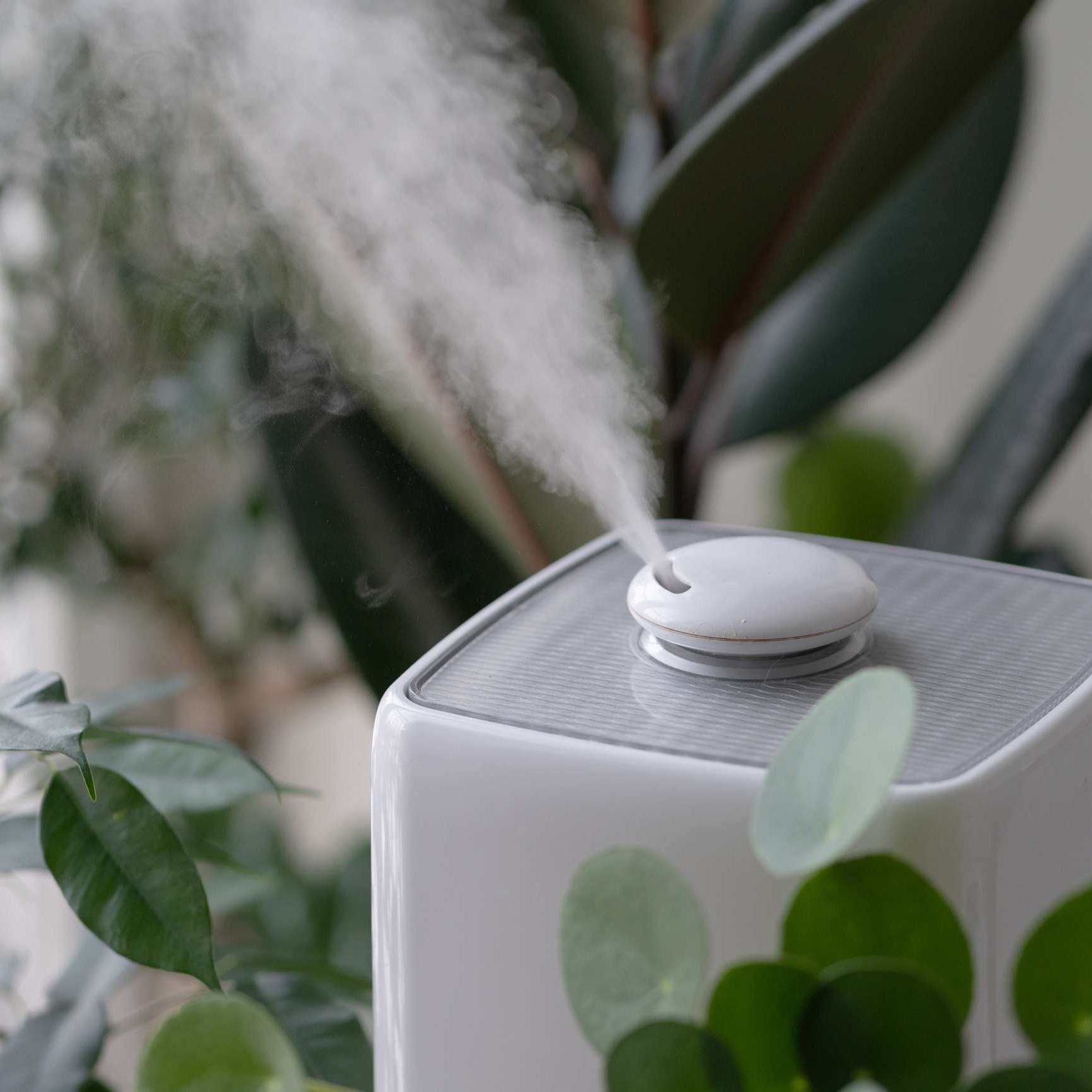
Best Soil for Calathea Plants
Calathea roots thrive in light, well-draining soil that retains moisture without becoming compacted.
Recommended mix:
-
Coco coir or peat moss for moisture retention
-
Perlite or orchid bark for drainage
-
A touch of compost for nutrients
This mix keeps roots healthy and prevents waterlogging.
Fertilizing Calathea for Healthy Growth
During spring and summer, feed your Calathea with a balanced liquid fertilizer diluted to half strength once a month.
-
Skip fertilizing in fall and winter when growth naturally slows.
-
Always water before fertilizing to prevent root burn.
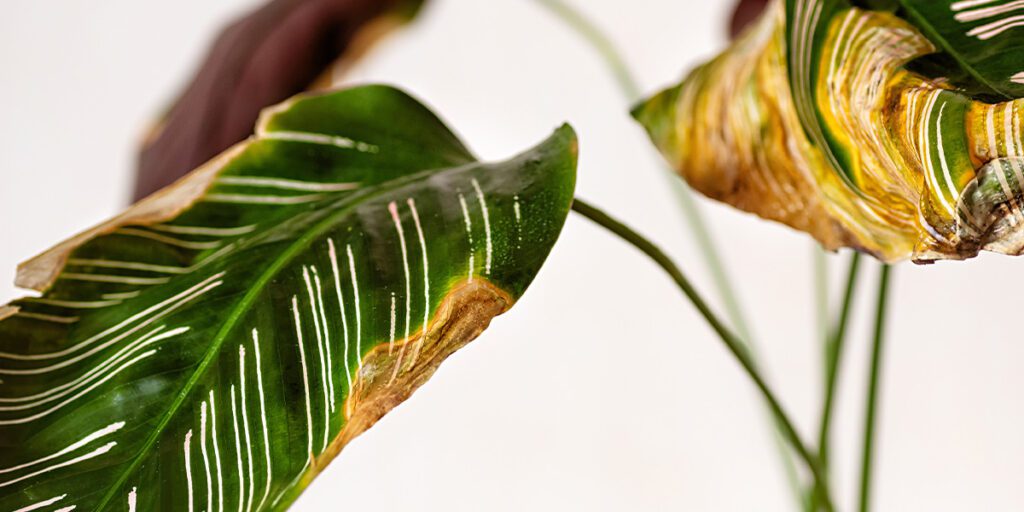
Common Problems & How To Fix Them
Even with the best care, Calatheas can develop issues. Here’s how to troubleshoot:
-
Brown leaf tips or edges → Low humidity or mineral build-up from tap water
-
Curling leaves → Underwatering or dry air
-
Drooping leaves → Dry soil or sudden temperature changes
-
Yellow leaves → Overwatering or poor drainage
Prune damaged leaves with clean scissors to encourage fresh, healthy growth.
Final Thoughts on Calathea Care
Calatheas may have a reputation for being fussy, but with the right routine, they can thrive indoors. Follow this Calathea care guide—providing bright, indirect light, consistent moisture, good humidity, and proper soil—and you’ll enjoy vibrant foliage and a healthier plant for years to come.
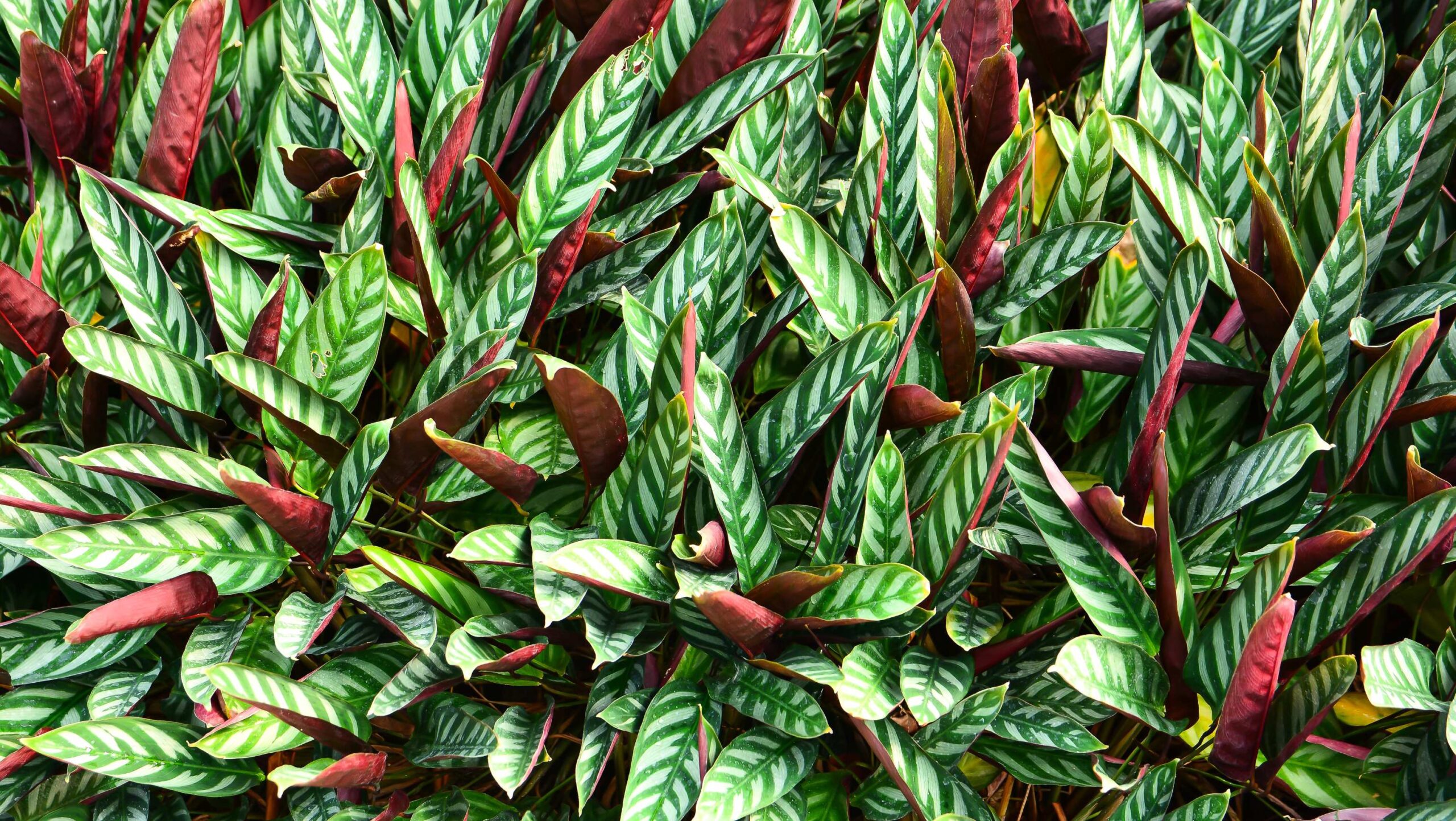
Frequently Asked Questions About Calathea
Is Calathea Easy to Care For?
Calathea can be easy to care for once you understand its needs. These tropical plants thrive with consistent watering, high humidity, filtered light, and clean water. While they may seem fussy at first, a stable routine makes Calathea care much more manageable.
Why does my Calathea have brown edges?
Brown edges on Calathea leaves are usually caused by low humidity or minerals in tap water. To fix this, raise humidity levels and switch to distilled, filtered, or rainwater. Prune affected leaves to encourage healthy new growth.
How much light does a Calathea need?
Calathea plants need bright, indirect light—like what you’d find near an east- or north-facing window. Direct sunlight can scorch or fade their leaves, so filtered or diffused light is best.
How often should I water my Calathea?
Water your Calathea when the top 1–2 inches of soil feel dry. Keep the soil consistently moist but not soggy. Always use a pot with good drainage to prevent root rot.
Can I use tap water for my Calathea?
Tap water often contains chlorine, fluoride, and salts that can damage Calathea leaves. It’s best to use filtered, distilled, or rainwater, or let tap water sit out overnight to allow some chemicals to dissipate.
What is the best soil for Calathea?
Calatheas thrive in light, well-draining soil that retains moisture. A good mix includes coco coir or peat, perlite, and a small amount of compost or orchid bark.
Do Calatheas like humidity?
Yes! Calatheas need moderate to high humidity (50–65%) to thrive. Use a humidifier, pebble tray, or group with other plants to raise moisture levels—especially in winter or dry climates.
Are Calathea plants safe for pets?
Yes, Calathea is non-toxic to cats and dogs, making it a pet-friendly choice for plant lovers.

